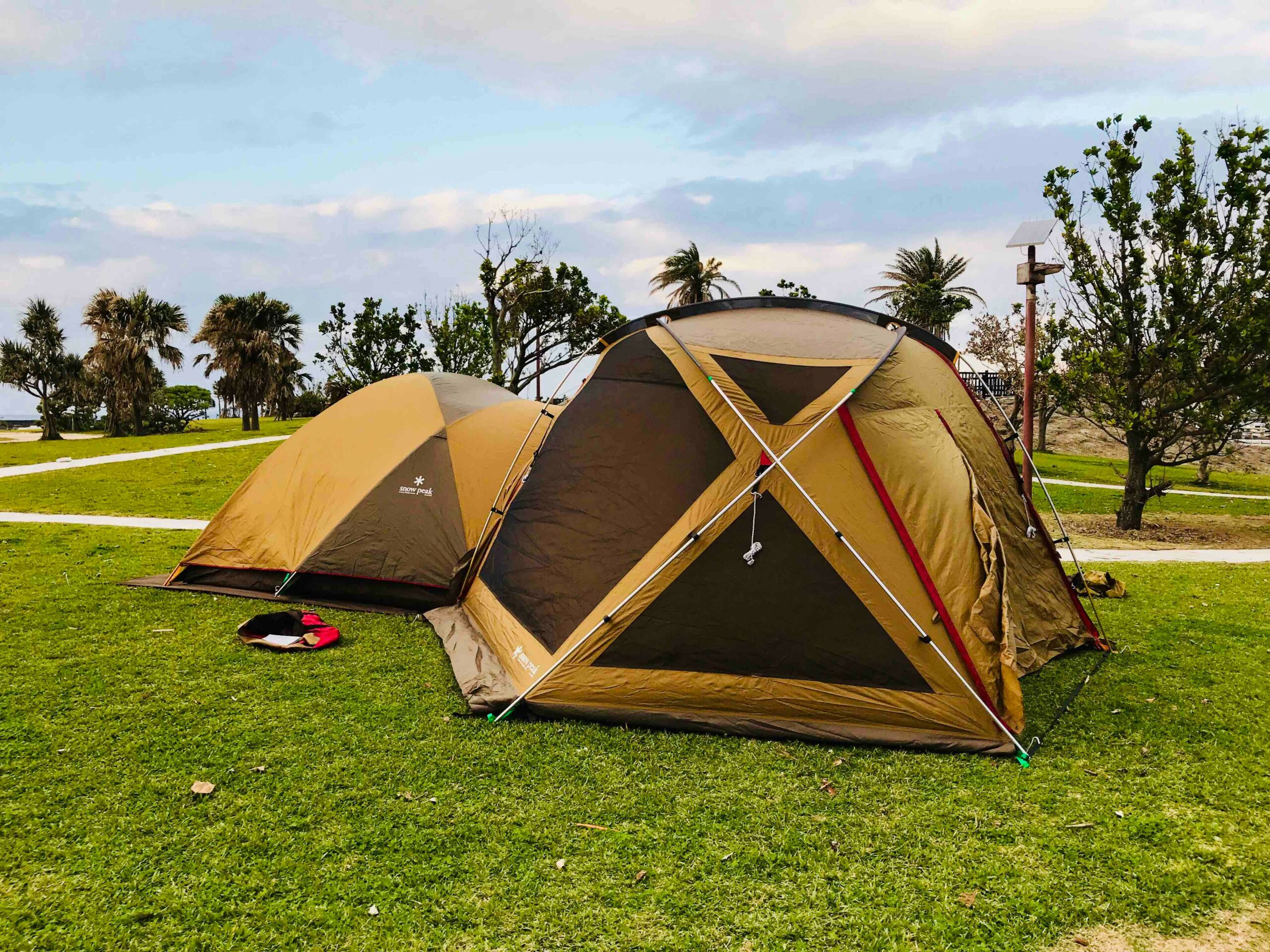Portable air conditioners have become an increasingly popular solution for cooling spaces where traditional air conditioning options are either impractical or impossible. As portable air conditioning units gain traction, many users may wonder about their versatility in terms of installation and operation. One common question arises: can you lay down a portable air conditioner? To provide a comprehensive answer, let’s explore the mechanics of these units, delve into the implications of positioning, and highlight best practices for efficient use.
Understanding Portable Air Conditioners
To fully grasp the issue of laying down a portable air conditioner, it’s essential first to understand how these units function. Portable air conditioners work by drawing in warm air, cooling it through a refrigeration cycle, and then expelling the cooled air back into the room while venting the warm air outside. Most models require a venting exhaust hose to be directed out through a window or an alternative opening to safely release the warm air. These units are designed for mobility, making them an attractive option for those needing temporary or flexible cooling solutions.
Gravity and Its Role
Now, when considering the idea of laying down a portable air conditioner, the role of gravity cannot be overstated. Many portable AC units rely on gravity to manage their internal refrigerant effectively. Refrigerants are the lifeblood of cooling technologies, but their operation can be significantly hindered if the unit is improperly oriented. Laying the unit flat can lead to issues such as refrigerant leakage or compressor failure—both of which can detrimentally affect the air conditioner’s performance and lifespan.
Manufacturer Guidelines: Follow the Protocol
When asking whether you can lay down a portable air conditioner, the most reliable answer lies in the manufacturer’s guidelines. Most manufacturers explicitly caution against operating their units in any position other than upright. Following these directives can help avoid voiding warranties or risking malfunction due to negligence. Before attempting to reposition any air conditioning unit, reviewing the specific recommendations laid out in the user manual is prudent.
Potential Risks of Improper Positioning
Reconfiguring the orientation of a portable AC could lead to several complications. First, improper positioning can disturb the refrigerant’s balance within the system, which may not only cause inadequate cooling but also lead to fluid leaks. Additionally, the compressor may experience undue stress as it works harder to compensate for internal irregularities, ultimately leading to mechanical failure.
Moreover, the accumulation of moisture due to condensation can also be exacerbated when a unit is laid down. Units are often equipped with a drain pan to collect excess water, which needs to be positioned correctly to function effectively. Failure to adhere to proper positioning guidelines might result in water leaks, potentially causing damage to floors and walls and creating favorable conditions for mold growth.
What Are the Alternatives?
If space constraints make it difficult to fit a portable air conditioner in the ideal upright position, consider placing it in a well-ventilated area where there is minimal obstruction to airflow. Elevating the unit slightly with a stable platform can help to maintain its upright posture while still fitting the designated space. Using decorative screens or air vents can provide aesthetic improvement while allowing maximum functionality.
For those who might be considering whether a traditional air conditioning unit is a better alternative, it’s worth comparing their distinct advantages and disadvantages. While traditional systems generally offer more cooling power, they also involve more complex installation, permanent location, and higher energy costs. On the other hand, portable units deliver flexibility and ease of use but must be handled correctly to maximize their potential.
Best Practices for Using Portable Air Conditioners
To achieve optimal performance from your portable air conditioner, adhere to the following best practices:
- Maintain Upright Orientation: Always position your portable air conditioner upright to ensure proper refrigerant flow and efficient operation.
- Proper Ventilation: Ensure that the exhaust hose is correctly installed and vented outside. Poor ventilation can diminish the cooling capacity and lead to increased humidity levels in the room.
- Regular Maintenance: Clean or replace air filters as recommended by the manufacturer. Dust and dirt can build up, hindering airflow and efficiency.
- Monitor the Environment: Keep doors and windows closed when the unit is in use to limit the infiltration of warm air.
- Check for Condensation: Regularly inspect for excess moisture in the drip pan, and ensure drainage systems are functioning properly to prevent water damage.
Conclusion
In conclusion, while the thought of laying down a portable air conditioner might seem tempting due to space constraints, it is not recommended due to the inherent risks involved. Proper positioning and adherence to manufacturer guidelines are crucial for maintaining not only the efficiency and performance of the unit but also its longevity. By following best practices, users can harness the full potential of their portable air conditioner and enjoy a comfortably cool environment—without the hassle of installation complexities that accompany traditional cooling systems.
